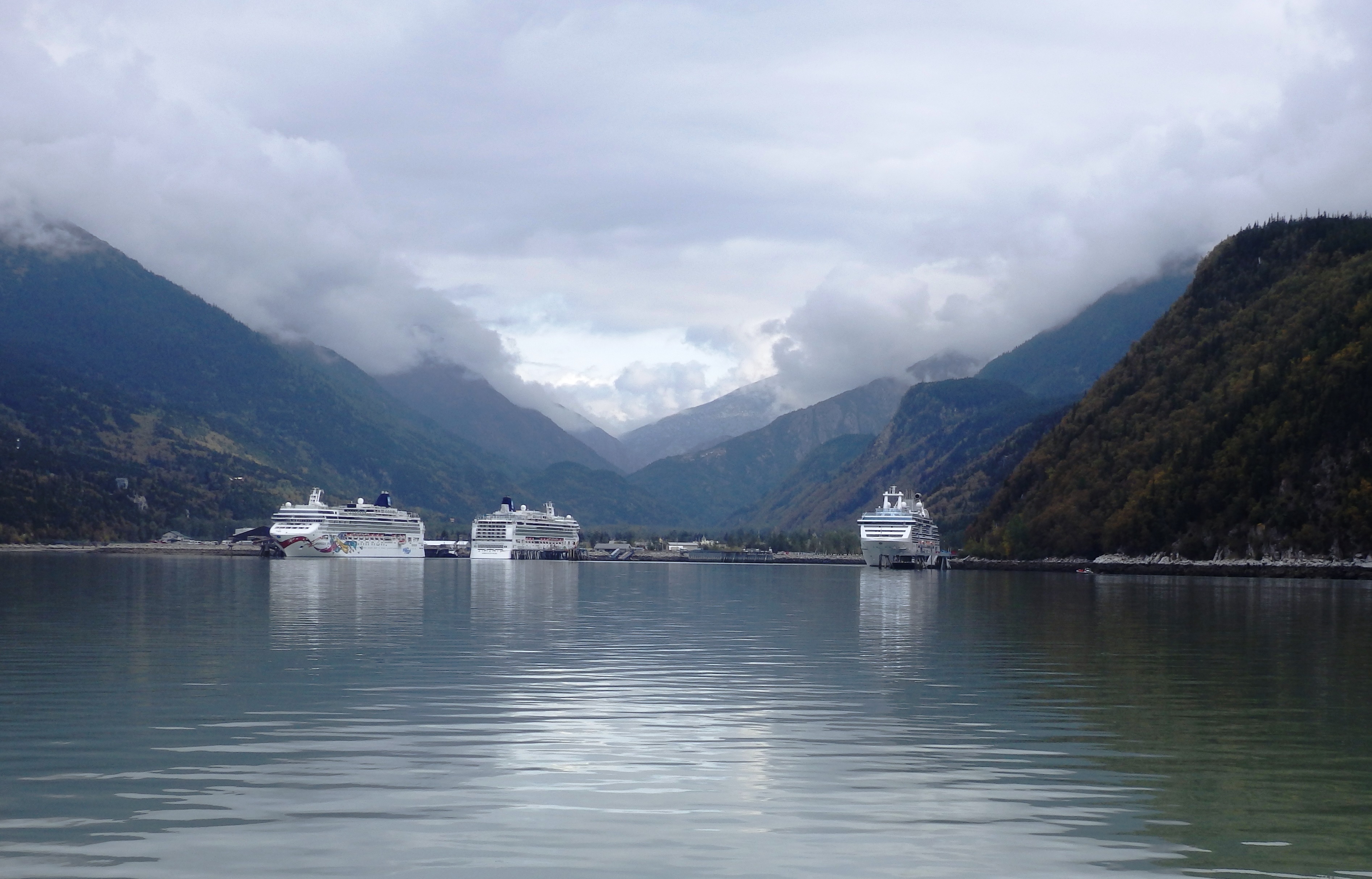
Things got a little heated in the Northern Lynn Canal last year. Both Haines and Skagway experienced the warmest year of record in 2016. They’re not alone. Communities across Alaska felt above average temperatures.
Rick Thoman is a Climate Science and Services Manager at the National Weather Service in Alaska.
“The warmest year of record observed from Metlakatla, to Barrow, to Dutch Harbor, and most places in between,” Thoman said. “At least based on the data we have so far, every single long-term climate site in Alaska had a top-three year and the majority… 2016 is the warmest year of record.”
Haines and Skagway are both in that category. For each community, the National Weather Service doesn’t have a long, continuous record of observations. But the information they do have dates back more than a century. They’re able to use the available data and information from other communities to make these kinds of determinations confidently.
“In this case, for northernmost Southeast, we do have the case where we have observations from at least either Haines or Skagway in some of the very warmest years,” Thoman said.
In Haines, the average temperature in 2016 was 44.3 degrees, the highest ever recorded, about 3.1 degrees above average.
“That doesn’t sound like very much but looking at a whole year, that’s a very substantial departure,” Thoman said. “In fact it is over half a degree warmer than the second warmest year, for which we have nearly complete observations for Haines.”
That second warmest year in Haines was 1981. In Skagway, Thoman said the average temperature last year was 44.8 degrees.
“That was just about three degrees above normal,” Thoman said. “And the previous warmest year for Skagway was 1926, with an average of 44.4. So the 2016 exceeded that by almost half a degree. And that 1926 was an exceptionally warm year over nearly all of Alaska. So the fact that Skagway exceeded that in 2016 is a good sign that really there are no other warmer years in the last century plus in the area.”
Last year’s warm temperatures did not come out of nowhere, and they’re not unique to the Upper Lynn Canal.
“The last couple of years have been very warm across Southeast Alaska,” Thoman said. “Certainly part of the very long-term trend. Of course there’s considerable year-to-year variability. And it’s not quite as dramatic as in other places in Alaska where changes in sea ice for instance are really driving temperatures up. We don’t have those kinds of issues around Southeast, but certainly part of the long term trend.”
Another factor Thoman looked at is precipitation.
“Precipitation for 2016 for Haines was above average, about 117 percent of normal, but certainly nowhere near records,” Thoman said.
But it was a significant year compared to other areas around the state.
“From a statewide perspective, one of the most interesting things is Northern Southeast was one of the few areas that was actually snowier than average during 2016 up at the customs station, of course often one of the snowiest places in Alaska,” Thoman said. “Almost the only place in the state that actually wound up with significantly above normal snowfall for 2016.”
Thoman is referring to the customs station on the Haines Highway, at the Canadian border. Right now, the preliminary data is available for specific locations around the state. Statewide and regional analysis will be released later this month.




